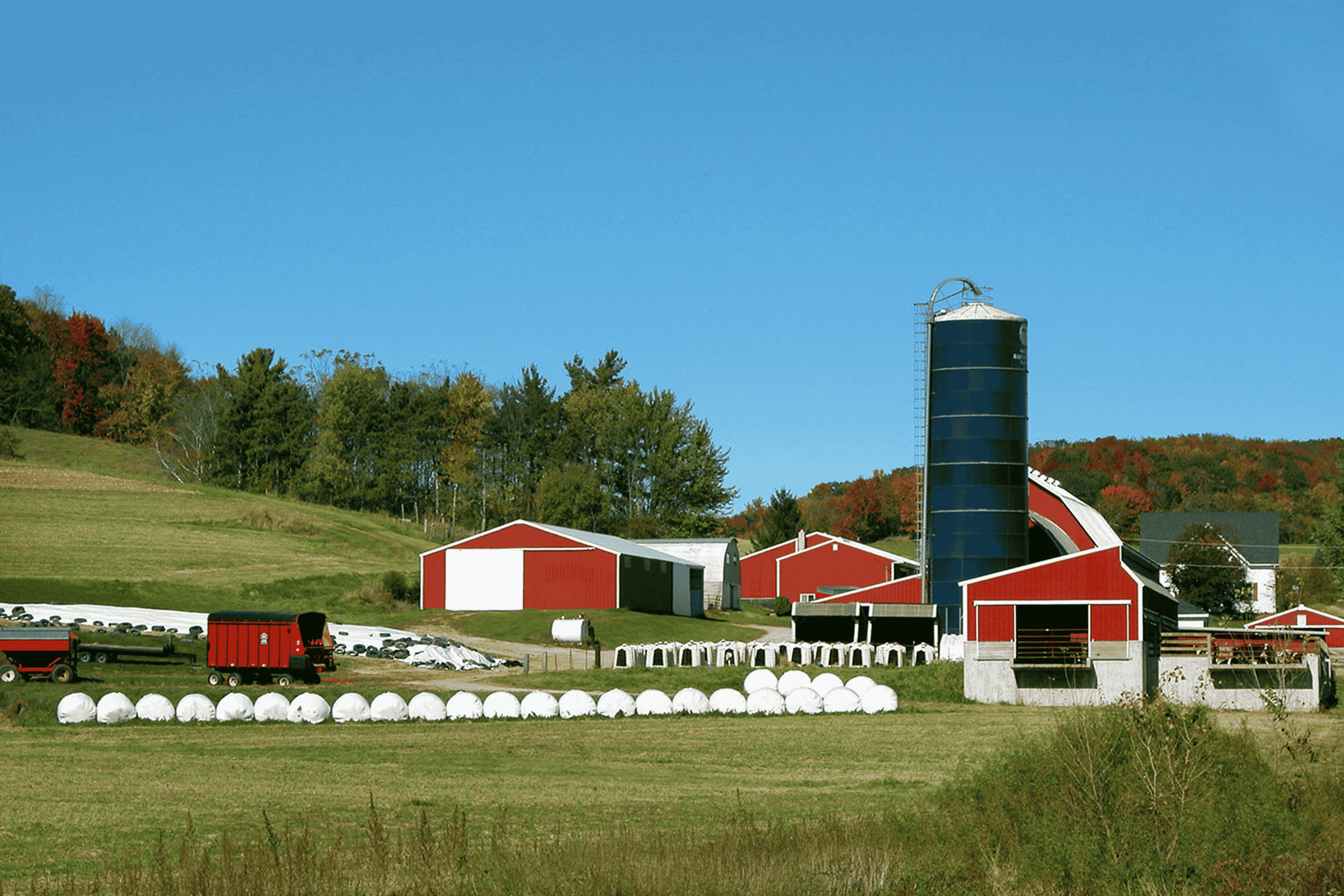Take Your Fly Control Efforts to the Next Level
Flies on a dairy are more than just a nuisance, they contribute to a loss in production, spread diseases and annoy both your herd and employees. Protecting your dairy against fly infestations can make for a better work environment and keep your cows – and profits – healthy.
When getting started on a fly control plan, it is important to realize that flies exhibit different behaviors in different locations on an operation. This means fly control efforts should be tailored specifically to the different levels of your operation – from the rafters of your barn to the grass on your pasture. To protect all levels of your operation from costly fly infestations, it is important to learn where to treat, why to treat — and, of course, what products to use to manage disease-spreading fly populations on your dairy.
HIGH
Where: Ceilings, attics & rafters
Why: Flies rest here. After feeding, flies have a tendency to rest up high in the cooler regions of barns, stables and other out buildings.
What: With bright colors that lure flies in to land and without the use of chemicals or attractants, Starbar® sticky traps are specifically designed to trap flies up high where they rest. Hang sticky traps like the EZ Trap® Fly Trap up high in the rafters, joists or angled ceiling of your barn, out of reach of people and livestock. On flat and angled ceilings, the rafters are a great place to hang traps, capturing the flies that land here.
MEDIUM
Where: Walls, fences & corrals
Why: Flies mate here. In between feeding and resting, flies use this level to breed. With the house fly alone laying 150 eggs each batch, it’s important to catch these flies before they move on to lay their eggs in the manure around your dairy.
What: Odor and pheromone traps have the power to lure f lies away from your livestock and provide quick and effective control. Durable and easy to use, the Starbar® Captivator® Fly Trap comes complete with a water-soluble attractant pouch that flies can’t resist. For best results, hang these traps along fence lines or near calf hutches. Short walls and shelves in barns, stables and other out buildings are also ideal spots for these odor and pheromone traps.
LOW
Where: Floors, ledges, gates & off the ground
Why: Flies eat here. After resting up high, flies will come near the ground level to begin feeding. House flies feed freely on human food, fresh animal waste and rotting garbage. Make sure to clean these food sources up and begin using a fly bait as well as traps for complete control.
What: Rotation! This low level is ideal for using a fly bait. When using any fly bait, implementing a proper rotation plan is essential in fighting against resistance— allowing for even greater control. The key to implementing a true fly bait rotation program is to make sure you’re using baits with different active ingredients, as well as different modes of action. Rotating fly baits with these different properties reinforces the fight against resistance and boosts fly control results. The leader in fly bait for more than 40 years, Golden Malrin® Fly Bait lures flies in with the Muscamone® fly attractant, then kills them with its active ingredient, methomyl. An ideal rotation partner for Golden Malrin® Fly Bait, QuikStrike® Fly Bait contains the active ingredient Dinotefuran and attracts flies with (Z)-9-triocosene. The newest product to join the Starbar lineup, Cyanarox™ Insecticidal Bait is able to control up to 95 flies with a single pellet. Made with the active ingredient cyantraniliprole, Cyanarox® Insecticidal Bait can be used in rotation with QuikStrike® Fly Bait and Golden Malrin® Fly Bait to form a formidable, three-pronged rotational approach to manage against resistance.
For best results, these fly baits should be rotated within the same active fly season, rather than alternated by year. Spread or scatter your fly bait along open floor space in areas that are out of reach for livestock, pets and humans or use with a Starbar® Fly Bait Station.
IN, ON & AROUND
Where: On-animal, pasture, crops, standing water & structures
Why: Insects live here. When a fly infestation hits a dairy, populations will quickly spread throughout the property. From barns to pasture, and even applications directly to your herd— a successful fly control plan relies on treating all of these areas.
What: To hit flies directly where they develop and drastically reduce fly populations, use a feed-through fly control product like ClariFly® Larvicide. Unlike conventional insecticides that attack the nervous system of insects, ClariFly® Larvicide works by interrupting the fly’s life cycle, rather than through direct toxicity. When mixed into cattle feed, ClariFly® Larvicide passes through the digestive system and into the manure. To extend control to the whole herd, use a feed-through product for your calves as well— reducing fly populations around calf hutches. Using ClariFly® Add-Pack in whole milk or milk replacer helps increase calf comfort and decrease the spread of disease.
Like every fly control plan, there is no “silver bullet” product to eliminate all fly populations. The most successful results are seen when products are used within a comprehensive integrated pest management program (IPM) that includes biological, physical-mechanical and cultural efforts to reinforce your fly control. By knowing how and where to apply different production options, you can take your fly control efforts to the next level.
Article originally appeared in American Dairymen in August 2018



